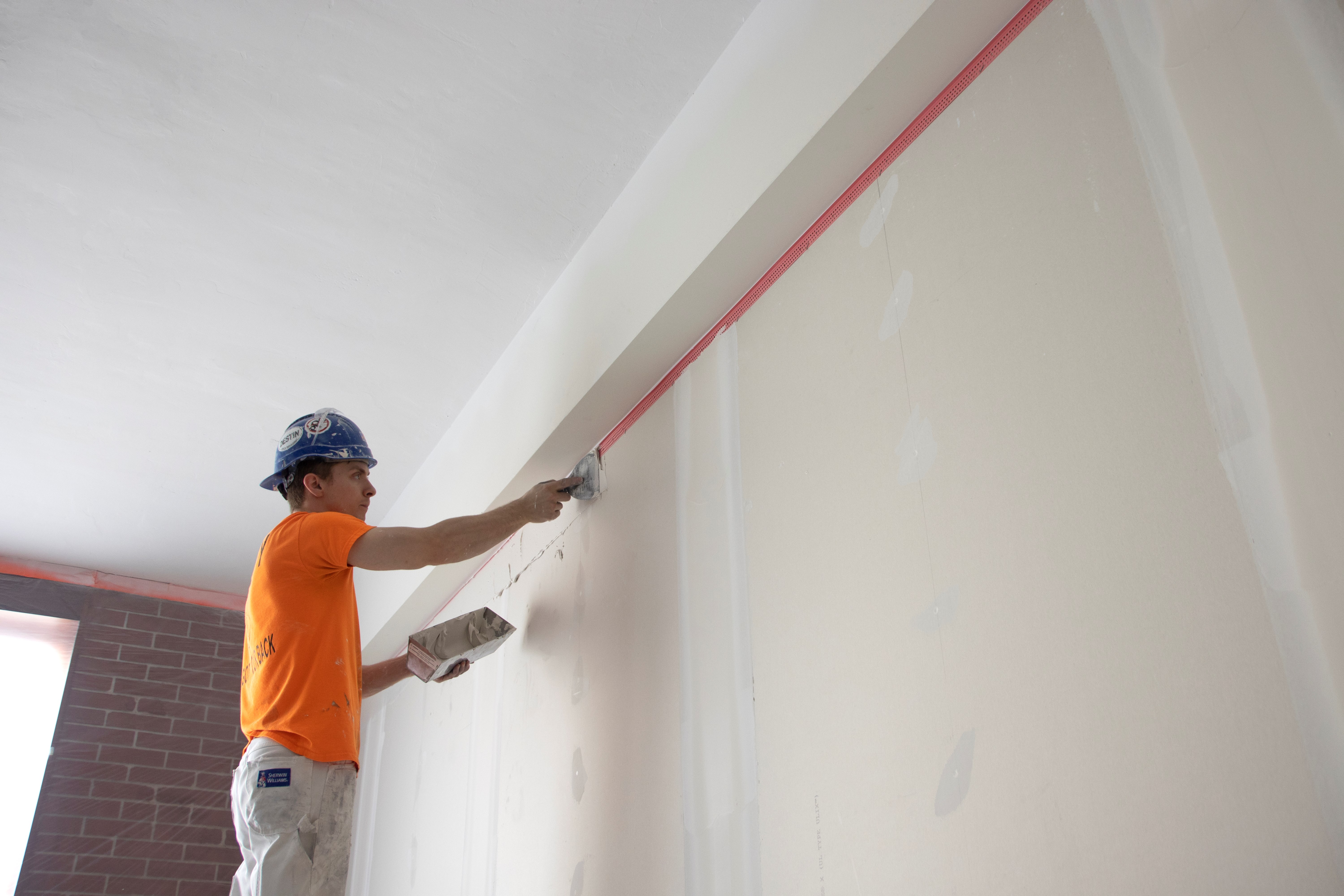Evolution of Firestopping for Building Joints
Surveys how we got to today's best practices
Sponsored by Trim-Tex, Inc. | Presented by Don Pilz
Webinar On-Demand
This course will detail the progression of early building joint firestop methods to today's best practices such as preformed firestopping and fire rated drywall accessories. It will also cover the growing prominence of sound abatement in modern building construction. Architects, engineers and specifiers will benefit from this presentation.

Photo courtesy of Trim-Tex, Inc.
 |
Don Pilz has over three decades of experience in the building construction industry, Don Pilz has made significant contributions to fire and sound management in wall assemblies. Having held roles as a drywall/lather, building envelope and R&D consultant Don brings a unique perspective to the firestop/building safety filed. Don holds several fire safety related patents and is a frequent industry author and speaker. |
By designing and producing the industry's finest, most innovative vinyl drywall solutions for over 50 years, Trim-Tex aims to elevate drywall finishers to become masters of their craft, all while saving them time and money. Drywall isn't finished without Trim-Tex!
Originally published in Walls & Ceilings
Originally published in June 2024
LEARNING OBJECTIVES
- Cover the historical context and evolution of special inspection provisions within the International Building Code, including the transition from the Uniform Building Code.
- Identify the specific requirements and conditions under which special inspections are mandated for construction, including the distinction between periodic and continuous inspections and the types of construction elements subject to special inspection.
- Recognize the roles and responsibilities of the building official, the registered design professional in responsible charge, and the special inspector in the special inspection process, including qualifications and approval criteria for special inspectors.
- Evaluate different joint treatment types for their advantages and disadvantages, particularly regarding their durability, cost, safety, and longevity Identify a variety of wall-to-wall, bottom-of-wall, and head-of-wall joints, including their UL assemblies and ratings











